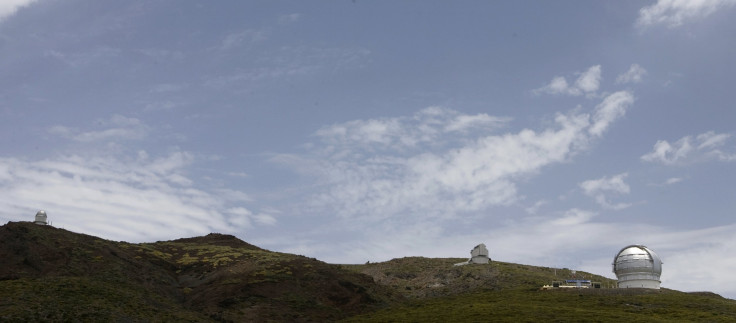Why Is It Snowing In Hawaii? Global Warming Not To Blame As Powder Falls On State’s Highest Mountains

Nestled smack in the middle of the Pacific Ocean and rightly considered a tropical paradise due to its soft-sand beaches, vacationers and Hawaii residents would normally believe they are completely free of anything even close to resembling snow.
Unfortunately, due to low-pressure levels providing freezing temperatures and moisture flying in from the southeast, as much as 20 to 30 inches of snow could cover Mauna Kea and Mauna Loa’s summits and a winter storm warning is in effect until Saturday evening for locations above 8,000 feet, CBS affiliate KGMB-TV reported Thursday.
Winds near or gusting around the summits and running east to southeast could also reach speeds as fast as 10 to 20 miles per hour, which might also lead to drifting snow and freezing fog.
Mauna Kea, which stands as Hawaii’s highest point at 13,802 feet above sea level on the Big Island, is often a very busy tourist attraction but access to its summit has been closed off because of the potentially dangerous snow.
Mauna Loa, considered the largest volcano on the planet and only 120 feet shorter than Mauna Kea, could also accumulate snow at its summit.
Given the elevation levels, the snowfall shouldn’t be too surprising.
"It snows here every year, but only at the very summits of our 3 tallest volcanoes (Mauna Loa, Mauna Kea and Haleakala)," University of Hawaii geology and geophysics professor Ken Run told Weather.com last year. "The snow level almost never gets below 9,000 feet in Hawaii during the winter, but since these mountains are taller than 13,000 feet, 13,000 feet, and 10,000 feet, respectively, they get dusted with snow a few times a year. It rarely stays on the ground for more than a few days though."
It’s certainly a surprising occurrence, but, lest anyone blame climate change, snowfall is common in Hawaii in low doses. In June, the National Weather Service reported snow had “dusted” Mauna Kea and it also occurred in July 2015.
However, visitors and residents closer to sea level are highly unlikely to see snow with the current forecast showing temperatures of 47 degrees Fahrenheit and rain throughout the next seven days.
© Copyright IBTimes 2024. All rights reserved.





















